In the Thick of the Future

Hand on heart: Who is still printing out one’s emails today? What for some people long sounds like a thing of “the day before yesterday”, still is everyday normality for others. This is true in spite of the fact that since the invention of the personal computer in the 1980s many people have promptly dreamt of the paperless, mobile and multiply networked office. The reality in offices around the world has long been subject to digital change. Nevertheless: the paperless office did not manage to gain general acceptance. There rather is a parallelism of digital equipment and traditional office supplies – a challenge for architects, interior designers and design professionals of these working environments and an opportunity for companies.
Since the construction of the Uffizi in Florence in the 16th century, which went down in the history of architecture as the first office complex, a lot has happened in the design of workspaces, mostly driven by the change of the world of work. Especially the second half of the last century brought with it important changes, not least because work increasingly shifted from agriculture and industrial production towards the service sector at that time. Today, this process is still continuing, primarily fuelled by the digital revolution, which – one shouldn’t forget – is only about 20 years young. Digital working has enormously accelerated the evolution of the working world into an economy where knowledge and ideas are regarded as central resource and which is less about physical than about cognitive abilities. The human being is still an important factor in the company, however, the attention is increasingly focussing on the individual who is not that easy to replace. In order that the employee is as efficient as possible he should feel comfortable. This is best achieved if the workplace is tailored to one’s individual needs.
Since the construction of the Uffizi in Florence in the 16th century, which went down in the history of architecture as the first office complex, a lot has happened in the design of workspaces, mostly driven by the change of the world of work. Especially the second half of the last century brought with it important changes, not least because work increasingly shifted from agriculture and industrial production towards the service sector at that time. Today, this process is still continuing, primarily fuelled by the digital revolution, which – one shouldn’t forget – is only about 20 years young. Digital working has enormously accelerated the evolution of the working world into an economy where knowledge and ideas are regarded as central resource and which is less about physical than about cognitive abilities. The human being is still an important factor in the company, however, the attention is increasingly focussing on the individual who is not that easy to replace. In order that the employee is as efficient as possible he should feel comfortable. This is best achieved if the workplace is tailored to one’s individual needs.
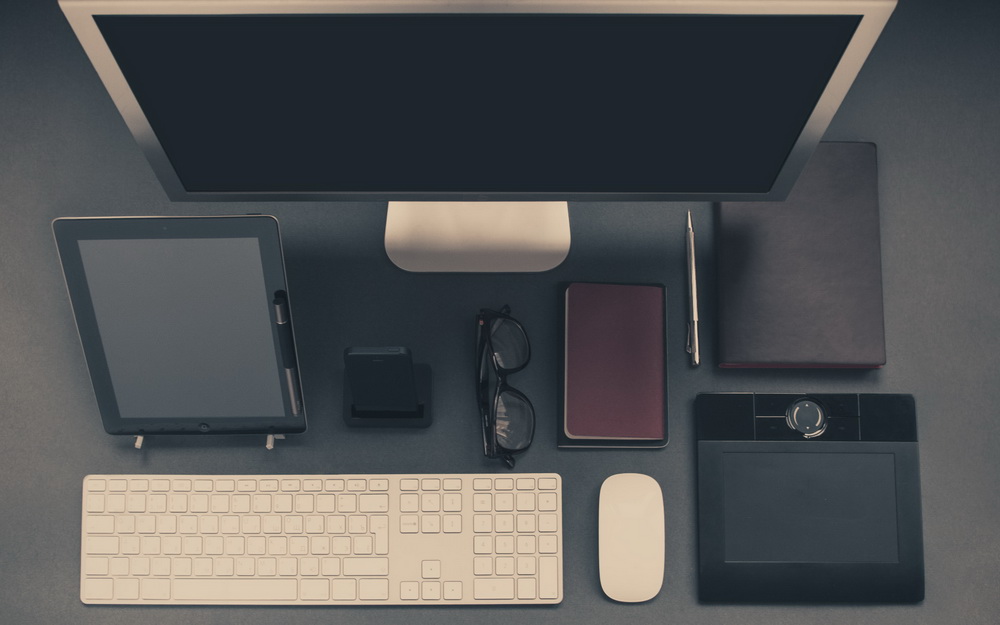
The rapid digital progress in turn makes it easy for the office employee to repeatedly reinvent oneself with new technological achievements. For architects, interior designer, planners, designer as well as facility managers, on the other hand, this primarily means that there are currently no clear rules as to what makes a good working environment. Nevertheless, the building sector has to react and develop concepts, which are as valid today as they will be in 50 years time. It is at least clear what office work and the workplace of tomorrow will be like: more flexible, more multi-local, more individual, and more sustainable. So-called soft factors such as work climate, working models or work-life balance will play an increasingly important role. The task is complex: the office of the future must be able to adapt to new work processes and requirements.
What do the employees think about that? A study conducted in the forefront of Paperworld 2017 deals with the question of how office employees need to work. «Working Spaces 2025» shows that 61 percent of the interviewed German office employees wish to have more flexible structures and a stronger say in the selection and the design of the workplace. Spatial dynamics and a balanced interplay of zones with different characteristics are in demand. According to this, at least three different areas are envisaged for the contemporary office: the communication zone for exchange and knowledge transfer, the concentration area as a refuge and the inspiration zone for relaxation or stimulus for new ideas. Even though the separation between work and leisure tends to be blurred in such office situations, idleness shall definitely not be encouraged. In fact, the idea behind this is that an attractive architectural environment helps to increase the pleasure people take in their work.
What do the employees think about that? A study conducted in the forefront of Paperworld 2017 deals with the question of how office employees need to work. «Working Spaces 2025» shows that 61 percent of the interviewed German office employees wish to have more flexible structures and a stronger say in the selection and the design of the workplace. Spatial dynamics and a balanced interplay of zones with different characteristics are in demand. According to this, at least three different areas are envisaged for the contemporary office: the communication zone for exchange and knowledge transfer, the concentration area as a refuge and the inspiration zone for relaxation or stimulus for new ideas. Even though the separation between work and leisure tends to be blurred in such office situations, idleness shall definitely not be encouraged. In fact, the idea behind this is that an attractive architectural environment helps to increase the pleasure people take in their work.
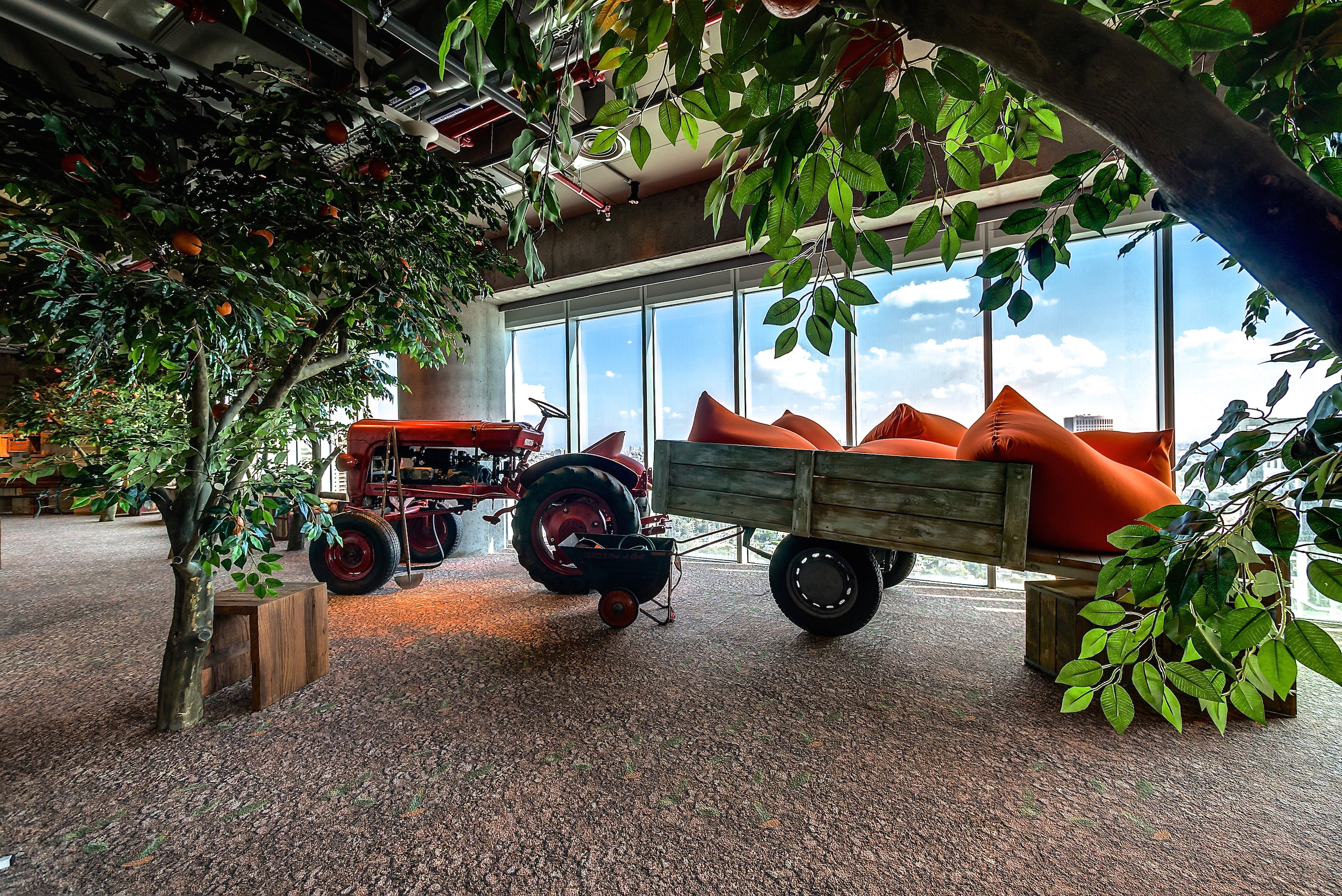
However, digital also means: spatially independent. So the classic ‘nine-to-five’ working time model has served its time. What is more: future-oriented working is divided up between different places and times. True, this idea of a free working world primarily appeals to modern office workers, who with their notebooks and smartphones are able to and want to work independently of time and location, be it in the office, at the airport, in the hotel or at home. For them it is not about increasing efficiency through optimised work processes but to be able to allot their time as freely as possible. The companies on their part must be able to admit that, because this is the only way to get the best out of their employees. One example: studies have shown that people working from home can work almost twenty hours more per week without getting the impression that their private life is suffering.
From a technological point of view, it is no longer a precondition to be sitting at one’s own desk in the company’s office to do one’s work. The documents required for one’s work can be accessed and shared via Cloud at any time, everywhere and live. In the future, workplaces are less used for working off one’s tasks but rather as meeting points for creative exchange. Last but not least, they also have an important social component: particularly because we are living in an increasingly virtual world, we need contact with real colleagues to avoid feeling isolated at some point.
From a technological point of view, it is no longer a precondition to be sitting at one’s own desk in the company’s office to do one’s work. The documents required for one’s work can be accessed and shared via Cloud at any time, everywhere and live. In the future, workplaces are less used for working off one’s tasks but rather as meeting points for creative exchange. Last but not least, they also have an important social component: particularly because we are living in an increasingly virtual world, we need contact with real colleagues to avoid feeling isolated at some point.
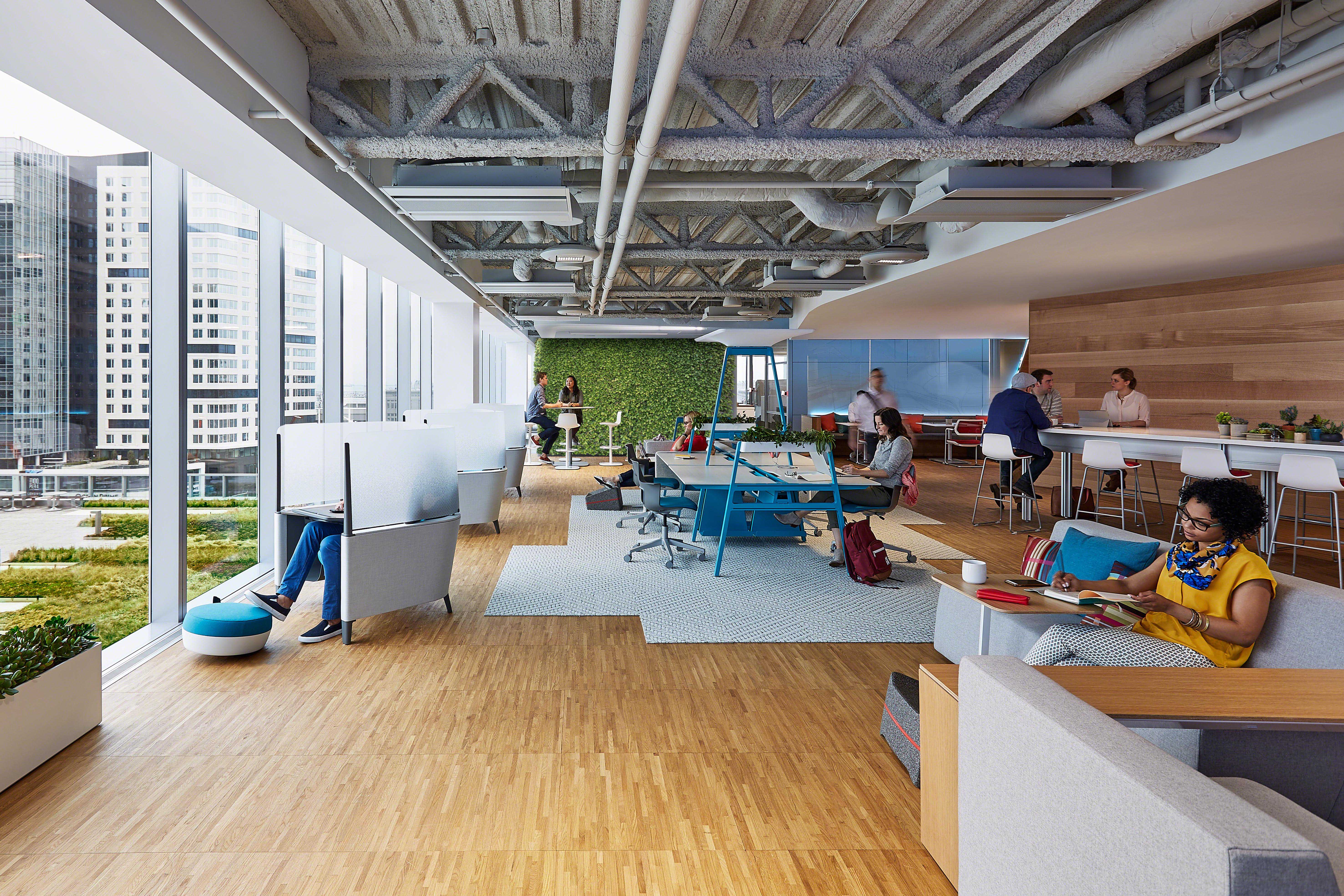
Alternatives to traditional office architecture already exist. The ideas of architects and clients range from the famous «recreation rooms» with hammock and pool table through to maximum flexibility for office structures where every employee chooses his or her place for the day every morning. This is creative, sometimes even funny, but this inventiveness also shows what kind of change we are currently experiencing. The only thing that seems to be clear is that a certain variety is necessary because the needs and demands of today’s office employees are not homogenous either. While self-determined working is important to some people, others need a fixed office and a consistent team to successfully work on their tasks. The «digital natives», for whom internet and social media belong to everyday private and professional life, perceive the changing nature of flexible office landscapes as inspiring and stimulating. Other employees, on the contrary, rather prefer to stick to their quiet individual office. The challenge for the planners of future offices will ultimately be the development of concepts taking account of the supporters of all models – with the aim that every employee can optimally play his part in the working world of the future.
This and much more is presented in the special exhibition « Future Office» (Hall 3.0, Stand C51), which World-Architects.com helped to conceive and which was designed by architect André Schmidt. Here, all people actively involved in office design will get an insight into the development of what will probably be normality tomorrow. Daily lectures and panel discussions with renowned researchers, architects, interior architects, and designers take a look at the «Future Office», while compact guided tours to selected manufacturers provide in-depth information. Beyond the official programme, the special exhibition additionally provides plenty of room for intensive exchanges - or simply for a short coffee break in the hustle and bustle of the trade fair.
This and much more is presented in the special exhibition « Future Office» (Hall 3.0, Stand C51), which World-Architects.com helped to conceive and which was designed by architect André Schmidt. Here, all people actively involved in office design will get an insight into the development of what will probably be normality tomorrow. Daily lectures and panel discussions with renowned researchers, architects, interior architects, and designers take a look at the «Future Office», while compact guided tours to selected manufacturers provide in-depth information. Beyond the official programme, the special exhibition additionally provides plenty of room for intensive exchanges - or simply for a short coffee break in the hustle and bustle of the trade fair.
Thomas Geuder, Ulrike Nicholson
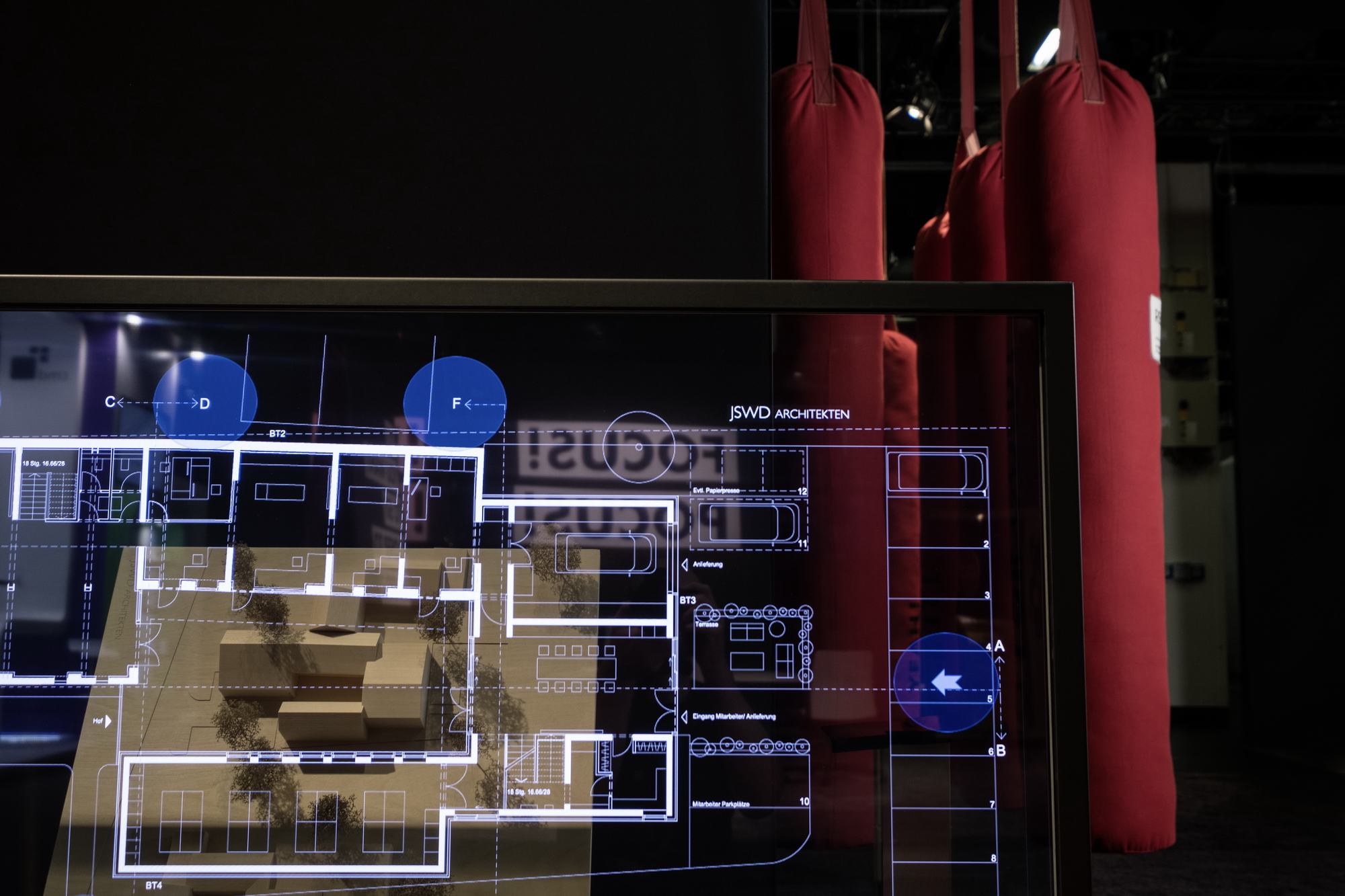

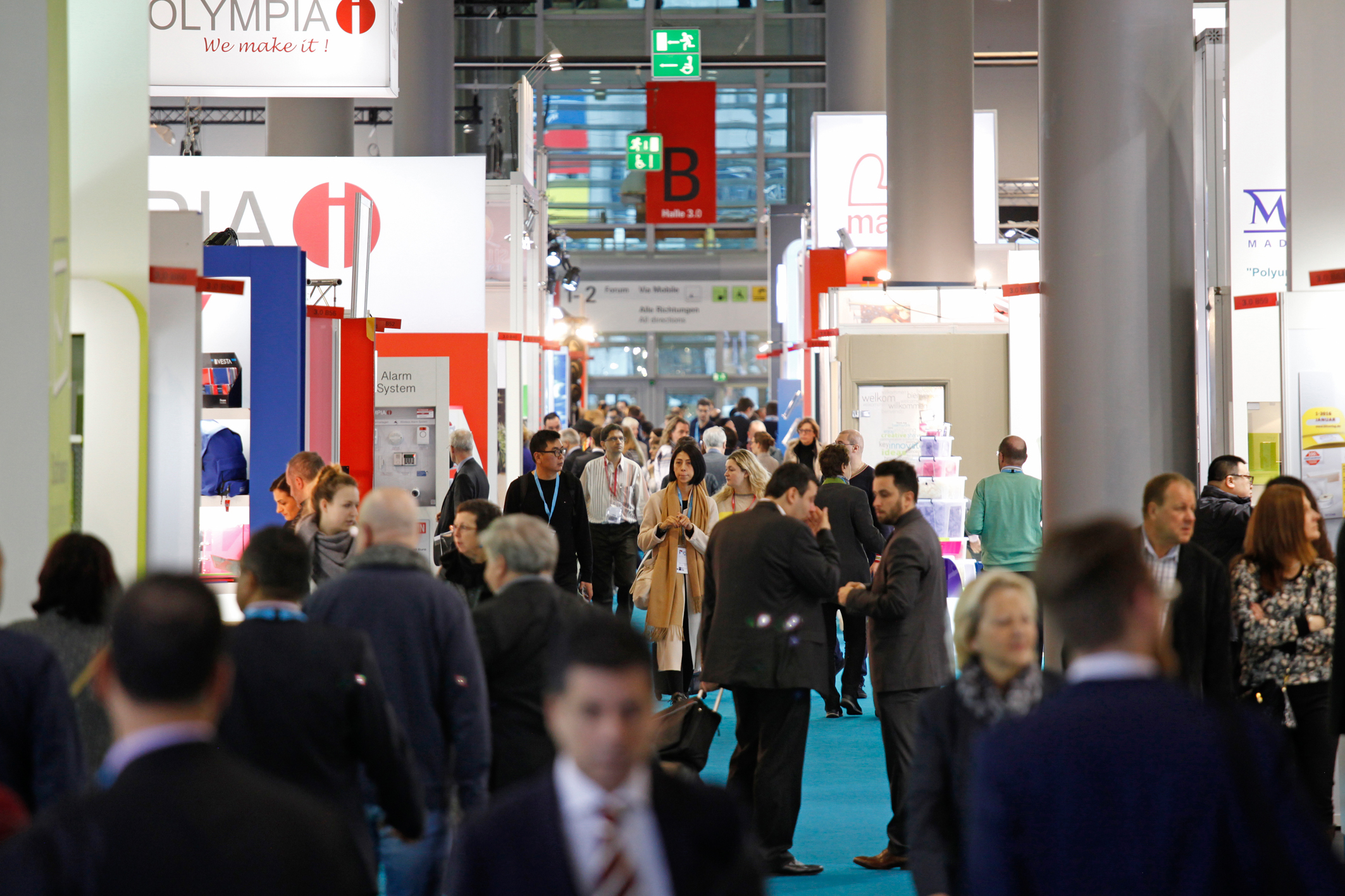
- Autor
- tg, un
- Publicado el
- sept. 11, 2016
.png)